Library
-
The clinical signs of heart failure are seen in many cats as they age. The two most common causes of CHF are chronic valvular disease and hypertrophic cardiomyopathy. Hypertension (high blood pressure) may contribute to heart disease and CHF. Secondary diseases, such as obesity, excessively high thyroid, or kidney disease may require dietary changes. Key nutritional goals are to maintain a stable body weight, deliver appropriate calories, and feed a balanced diet that the cat will regularly eat.
-
Nutrition is very important in managing cats with diabetes mellitus. Achieving a lean body condition is associated with better glucose control and an increased chance of remission. Other factors in dietary management of diabetes mellitus are discussed.
-
When the digestive tract is upset, vomiting and diarrhea may result. Since the causes of these symptoms are varied, it's best to consult a veterinarian. Often, a gastrointestinal (GI) diet is recommended to support the digestive tract and ensure the gut gets the nutrients it needs to recover. A bland diet of cooked chicken and rice might be recommended, but it has several limitations and is not appropriate for long-term feeding.
-
Over 60% of cats in North America are either overweight or obese, so paying attention to the balance between activity and calorie intake is important. Nutrient formulation and portion control are the two most important aspects of weight control. Once you have chosen a formula and have calculated a reasonable daily portion based on calorie density, the best way to stay on track and prevent unwanted weight gain is to combine portion control with regular, formal weigh-ins.
-
Feeding your cat the appropriate amount of a well balanced diet is vital to the maintenance of overall health and well-being, just as eating a well balanced diet is for us. In order to understand how and what to feed cats, it is necessary to understand how the nutritional requirements of the cat have developed through the process of biological evolution.
-
The first inclination of some people when feeding a home-prepared diet to their pet is to simply feed the animal leftovers of what they are eating. It should be realized, however, that the nutritional needs of dogs, cats and humans differ.
-
Raw food diets are available commercially, or can be prepared at home. They contain whole animal and plant tissues that are left in their raw state, and have not undergone processing to denature (break down) their proteins, starches and fats.
-
Veterinarians recognize the relationship between nutrition and the health of the skin and haircoat. It is important to prevent malnutrition, both by preventing deficiencies AND excesses of nutrients. Your veterinarian is the very best source of information and guidance for choosing the most appropriate nutrient profile for your cat.
-
This handout discusses the risks and benefits of feeding commercially prepared fresh, whole-food diets, as well as home-prepared recipes for your cat or dog. Topics highlighted include food safety, nutritional imbalances, and the need to ensure that any diet has been well-researched for nutritional safety and completeness.
-
By-products are ingredients commonly found in commercial pet foods and are considered highly desirable by many human cultures. However, there is ambiguity surrounding this term and misperceptions related to overall nutritional value. This article reviews the formal definition of by-products in the pet food industry and highlights the nutritional and environmental benefits they provide.

